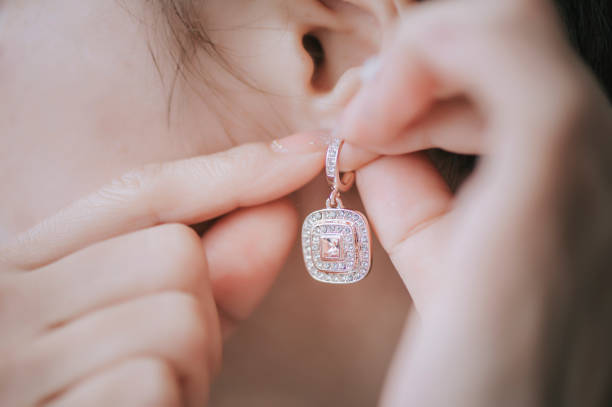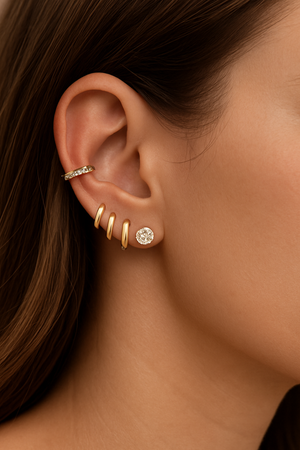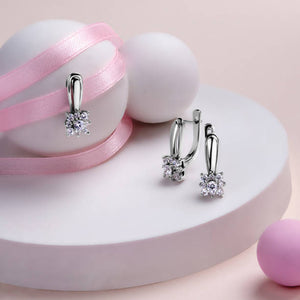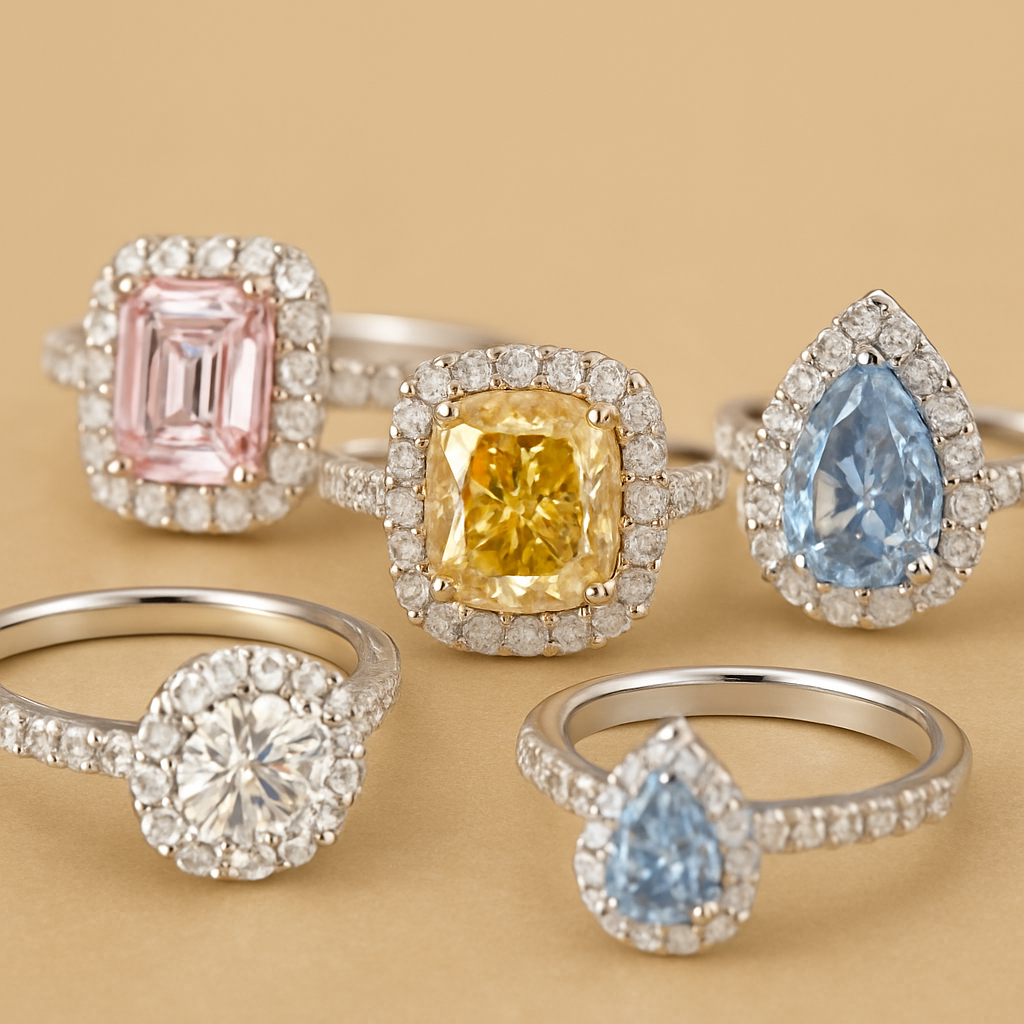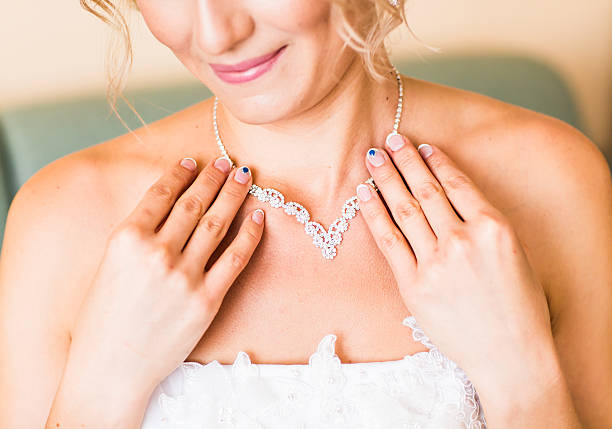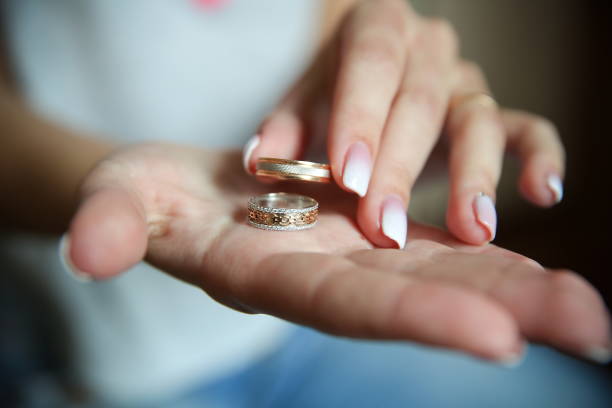Diamond earrings aren’t just about looking good — they’re also a way to show sophistication, keep a timeless look, and sometimes hold sentimental value. Whether it’s your first pair or part of a growing collection, one of the biggest choices you’ll need to make is whether to go for lab-grown or natural diamonds. This decision isn’t just about your budget; it touches on your values, your style, and even the impact on the environment.
In this easy-to-follow guide, we’ll dive into the science, sparkle, costs, ethics, durability, and shopping tips for both lab-grown and natural diamond earrings — so you can pick with confidence and know exactly what you’re getting.
💎 What Are Lab-Grown Diamonds?
Lab-grown diamonds, sometimes called man-made or engineered diamonds, are created in high-tech labs using two pretty fascinating methods.
- One is called High Pressure High Temperature (HPHT), which basically mimics the incredible conditions deep inside the Earth’s mantle.
- The other is Chemical Vapor Deposition (CVD), where a special carbon-rich gas is used to grow diamond crystals layer by layer.
The cool part? These diamonds are just like natural ones—they share the same chemical makeup, physical features, and brilliance. So, they’re real diamonds, not just shiny look-alikes like cubic zirconia or moissanite. Even experts with special tools often need to double-check to tell the difference.
Plus, lab-grown diamonds are graded and evaluated by well-known institutions like IGI and GIA, just like natural diamonds, making sure everything’s transparent and trustworthy.
💎 What Are Natural Diamonds?
Natural diamonds are created deep beneath the Earth's surface over a span of 1 to 3 billion years, enduring incredible heat and pressure. When volcanic eruptions occur, they push these diamonds closer to the surface, making them accessible for mining and sale.
Every natural diamond is one-of-a-kind, shaped by the forces of nature and time, and it carries its own ancient story of transformation. For many people, knowing their diamond’s natural origin adds a special emotional and romantic touch, especially when it’s a gift or part of family heirloom jewelry.
Natural diamonds also come with certification from gemological labs, and their qualities vary based on the classic Four Cs: cut, color, clarity, and carat weight.
🔍 Side-by-Side Comparison – Key Differences
| Feature | Lab-Grown Diamond Earrings | Natural Diamond Earrings |
|---|---|---|
| Origin | Made in a lab in a few weeks | Formed in Earth over billions of years |
| Composition | Carbon, identical to natural diamonds | Carbon, natural crystallization |
| Price | 30–60% less expensive for same quality | More expensive due to rarity and mining |
| Visual Appearance | Same sparkle, brilliance, and fire | Same brilliance, though inclusions vary naturally |
| Environmental Impact | Eco-friendlier, less mining, lower emissions | Mining has greater environmental footprint |
| Ethical Concerns | Generally conflict-free | Requires verification of ethical sourcing |
| Resale Value | Currently lower than natural diamonds | Holds better long-term value |
| Symbolic Value | Modern, sustainable love and innovation | Traditional, natural romance and timeless heritage |
🌍 Sustainability & Ethics – What Matters to You?

✅ Lab-Grown Diamonds:
- use a lot less water and land than conventional mining.
- Steer clear of the human rights violations and environmental damage that mining operations can occasionally cause.
- produced more often in accredited labs using renewable energy.
✅ Natural Diamonds:
- can be obtained ethically by means of traceable initiatives such as the Kimberley Process, which aims to eradicate conflict diamonds.
- Nowadays, a lot of companies invest in local mining communities and promote ethical employees practices.
Lab-grown diamonds provide peace of mind if you care about environmental sustainability and ethical sourcing, especially for ethical consumers seeking elegance without sacrificing quality.
💰 Cost Breakdown – What Can You Expect to Pay?
The cost is one of the biggest differentiation between lab-grown and natural diamonds. Since lab-grown diamonds are less expensive, you can buy larger carat sizes or better quality grades that still fall within your budget.
Example:
-
A pair of 1.00ct total weight natural diamond studs may cost $3,000–$5,000.
-
The same 1.00ct lab-grown diamond studs with similar specs may cost $1,200–$2,000.
If you're shopping for everyday wear, gifting, or bridal jewelry, lab-grown earrings give you more sparkle for your spend.
💎 Are They Really the Same in Quality?
Absolutely, here’s why they’re a great choice: -
- Both types rank a perfect 10 on the Mohs hardness scale, which makes them especially suitable for earrings—since these are generally less exposed to scratches compared to rings.
- You can choose from a variety of cuts like brilliant, princess, emerald, or any style you prefer.
- They’re available in classic options such as white, yellow, or rose gold, and platinum settings.
Plus, lab-grown diamonds often provide better clarity or color at a more affordable price because labs can precisely control the growth environment, resulting in superior quality. Overall, whether for everyday wear or a special occasion, these options combine beauty, durability, and value.
🎁 The Emotional Side of Buying
Logic isn't always the deciding factor. Because natural diamonds are rare and have ancient origins, some buyers are drawn to them. For a milestone, anniversary, or engagement, they might feel more significant.
However, modern, cost-conscious, and environmentally conscious people who desire elegance without sacrificing morals or finances frequently select lab-grown diamonds.
Neither is incorrect. Selecting the one that aligns with your values and way of life is crucial.
🛒 Shopping Tips – What to Look for in Either Choice
Here are some things to consider whether you choose natural or lab-grown:
Verify Certification:- To guarantee quality and authenticity, always request a grading report (GIA, IGI, etc.).
Recognize that beauty and cost are influenced by the four 4Cs: cut, clarity, color, and carat weight.
Select Reliable Jewelers:- Seek out businesses with clear warranties, return policies, and sourcing.
Select a Look That Reflects Your Individuality:-Diamond earrings can be studs, halos, drops, huggies, or hoops; choose one that complements your daily style or the event.
Consider the Long Term:- Think about how often you'll wear them, how you'll pass them down, and whether you care about resale value.
🌟 Final Thoughts: Which One is Right for You?
If you value tradition, rarity, and emotional heritage, natural diamond earrings may speak to your heart.
If you're drawn to innovation, affordability, and sustainability, lab-grown diamonds offer beauty without compromise.
At the end of the day, both shine bright. Choose what feels authentic to your story.
💖 Why Choose San Liora?
At San Liora, we think that morality, openness, and soul should accompany elegance. Regardless of whether you select natural or lab-grown diamond earrings, we offer:
✅For peace of mind, a 12-month warranty is offered.
✅ Appraisal Certificate for Value and Insurance
✅ Lab-and ethically mined diamonds that are sourced sustainably
✅ Free minor repairs and polishing after purchase
✅ Professional assistance to help you make decisions at every stage
Only at San Liora can you find earrings that uniquely tell your story.


